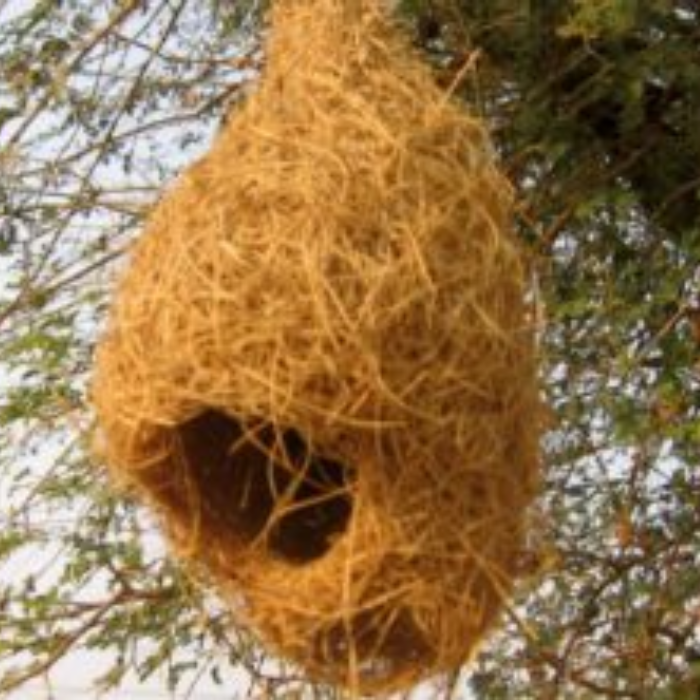Eco - Responsible Travel Destination If you are concerned about your carbon footprint, be assured that your holiday at Savista,…
October Supermoon, Seasonal Shifts, Feminine Divine Energy and Farming: The Scene Around Savista For an authentic and sustainable stay, Savista…
Food Philosophy And Practices: Offerings From Savista RetreatThe term food evokes, at once, reactions ranging from the most basic requirement…
More Signs of Climate Change – The On/Off of Seasons Following our last post announcing the onset of a premature…
Climate Change Must Definitely Be Happening: A Prematurely Early Summer Has Set In Just late last week we were still…
Treewatch: We Are Celebrating! Our Red Silk Cotton Trees Are Finally Blooming! Red Silk Cotton Tree For the last eight…
Birdwatch at Savista: The Spangled Drongo Spangled Drongo (Blue Drongo) A Rare Sighting:Rarely sighted on the Indian subcontinent, we are…
Jaipur Seasonal Change: The Short Summer is Here The Short Summer in Jaipur:Between the closure of the monsoons and the…
A Birthing at Savista We recently welcomed the latest addition to the Savista community. Baiju – the latest lamb to…
Summer Solstice, June 20-24 – Celebrating the Fecundity of Life Forms at Savista Extreme Summer & return of verdant green:Extreme…
Greenwash and Whitewash: The Monsoon Draws to a Close at Savista Our shrubbery and trees don’t get greener and brighter…
Sun Over Savista Tribute to the sun, solar eclipse, August 21, 2017 Sun over Savista
Organic Farming at Savista Seeking farm volunteer opportunities, at Savista, we are just entering our kharif agricultural season. The Indian kharif agricultural…
Of Monsoon Rhythms and Golden Orioles The delayed heavy rains following upon the first pre-monsoon showers that we reported on…
The rains have arrived! We have been having fairly regular thunder showers through the last fortnight and, from the day following…
Retreating…Tania Han’s reflections on Savista Retreat After two days at the Pushkar Camel Fair, we were desperate for respite from…
Soaking in the winter sun Savista’s housekeeping staff – who are all from the surrounding farming households – soaking in…
B.K.S Iyengar (1918-2014) Today we salute the memory of the exemplary teacher of yoga, Shri B.K.S. Iyengar, the man who…
Peacocks have finally come to live at Savista! Two peacocks and two or three peahens have finally taken up residence…
Savista A Farm-to-Fork Destination: Summertime Super Heroes There are some distinguishing features to the lifestyle at Savista Retreat and it’s…
Another herald of seasonal change: Rainbow over Savista Yesterday afternoon, the weather changed suddenly. From being hot amd humid with…
Foot Reflexology at Savista: another wellness feature We are happy to announce that guests staying with us can now look…
Catching the juicy worm – egrets have a field day at Savista! Savista’s annual agricultural calendar has begun. A little…
Monsoon Exhuberance Brings Peacocks To Savista Savista now has its own resident peacocks (well, almost!). This year, the rains arrived…
We’re closed for the summer! Savista went into its annual summer hibernation around the end of April. For around three…
‘Earth Living’ at Savista: Following Nature’s Cycles ”We cannot have harmony and balance in our lives if we forget to…
TREEING OFF AT SAVISTA: The Babul When trying to dream up ideas of how we could evoke the atmosphere of…
The Countryside Around Savista A few weeks ago a couple of us set off to visit one of our staff…
TREEING OFF AT SAVISTA: The Hibiscus This handsome hibiscus is both beautiful and useful. Derived from the Greek work ebiskos or ibiskos, it is…
TREEING OFF AT SAVISTA: The Neem The neem tree is widespread across the plains of India. It is particularly prolific…
Tour of Bagru’s Block Printing Sector About a month ago, we had two lovely visitors from the U.A.E. come to…
Water Bodies Around Savista The rains have been particularly bountiful in Jaipur this monsoon season. And Savista and its environs…
better late than never…. A few posts have been piling up here at Savista. One on Eid, another on Ganesha.…
Sorting at Savista Here at Savista we pride ourselves on our commitment to an environmental ethic. Over the past few…
TREEING OFF AT SAVISTA: The Khejri The Khejri trees on the Savista estate that were pruned (and some pollarded) last…
BIRD WATCH: The Purple Sunbird Sunbirds, starlings and drongos are outshining each other (and other birds) in our garden these…
We’re Back! Although it’s been a while since our last post, Savista continues to thrive in the countryside of Rajasthan.…
Jaipur Hotel : Welcome to Savista Retreat Are you searching for a tranquil place in bustling Jaipur not to far away…


















